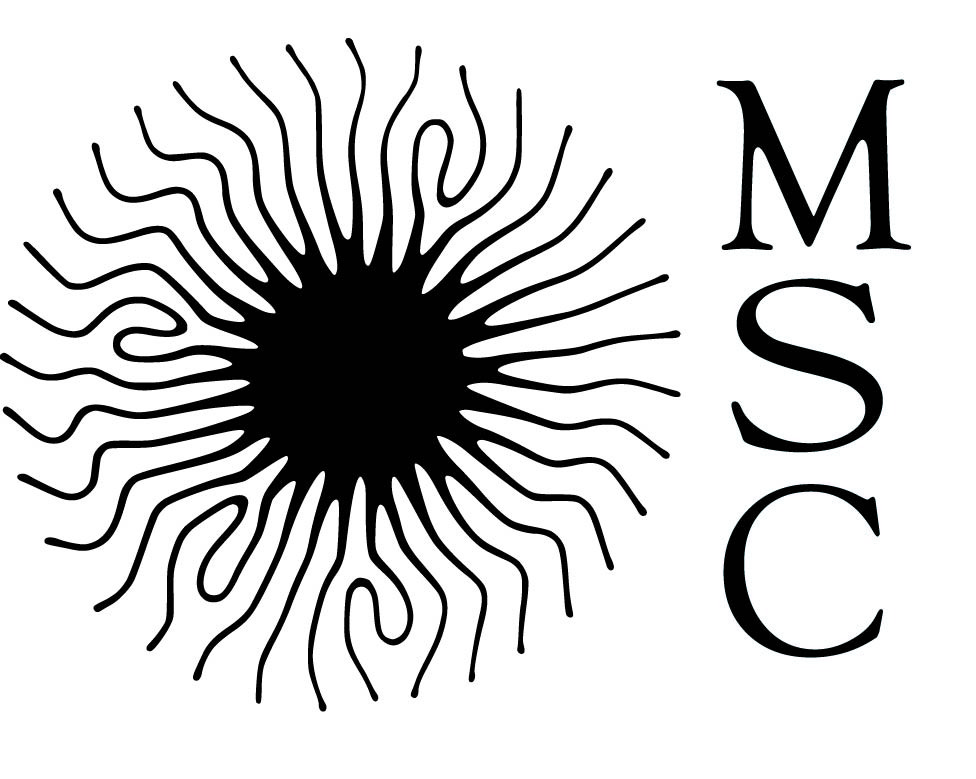Monday, May 27th, 11h30, Room 454 A, Condorcet Building.
Mathilde Badoual
Equipe Modélisation du vivant
Pôle Physique Santé
Irène Joliot-Curie laboratory (IJClab), Université Paris Cité, Université Paris Saclay, CNRS
Modeling glioma growth without and with treatments: from cells to tumor
In my team in IJCLab (Orsay), we develop complementary methods of image analysis, statistical physics and mathematical modeling, to make bridges between the cellular and the tumor scale. I will present two examples of this multiscale approach.
The first example is the effect of radiotherapy on low-grade gliomas: we designed a model of evolution of these tumors, based on a PDE that describes the evolution of the cell density and the effect of radiotherapy. This model is used to fit clinical data (MRI scans), and to predict the regrowth time after radiotherapy. In parallel, in order to have a better understanding of the effect of irradiation at the cellular level, we performed in vitro experiments and we modelled the temporal evolution of a cellular population at different doses, with a simple compartmental model.
A second example is the origin of low grade gliomas: Oligodendrocyte precursor cells (OPCs) are precursor cells that are strongly suspected to be the “cell-of-origin” of gliomas. We developped an agent-based model that reproduces the dynamics of normal OPCs in the brain. I will show that an increase in the proliferation coefficient of new cells is sufficient to trigger the growth of a tumor that has low-grade glioma features. Our model represents a possible scenario of transformation of a normal tissue into a glioma.
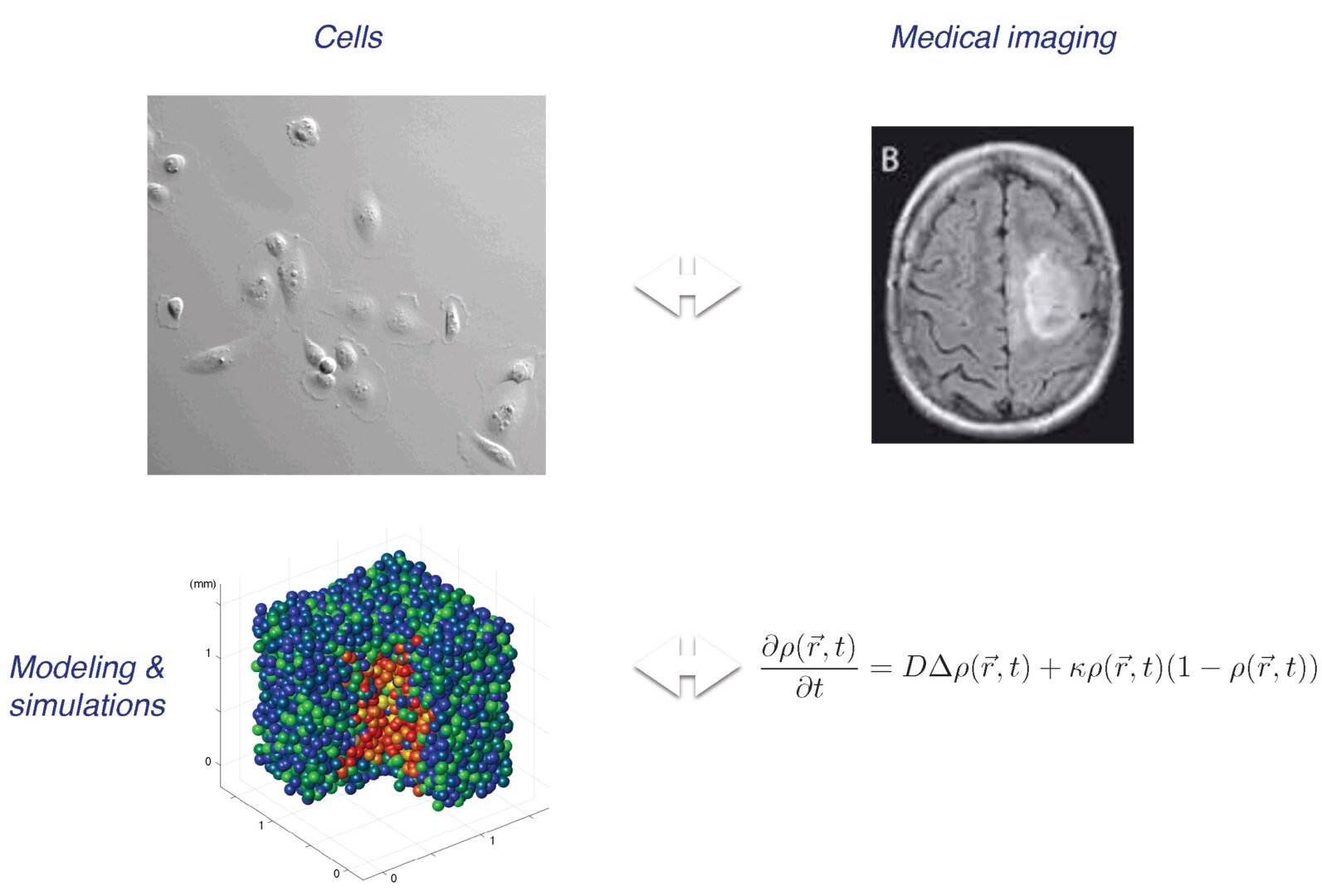
À lire aussi
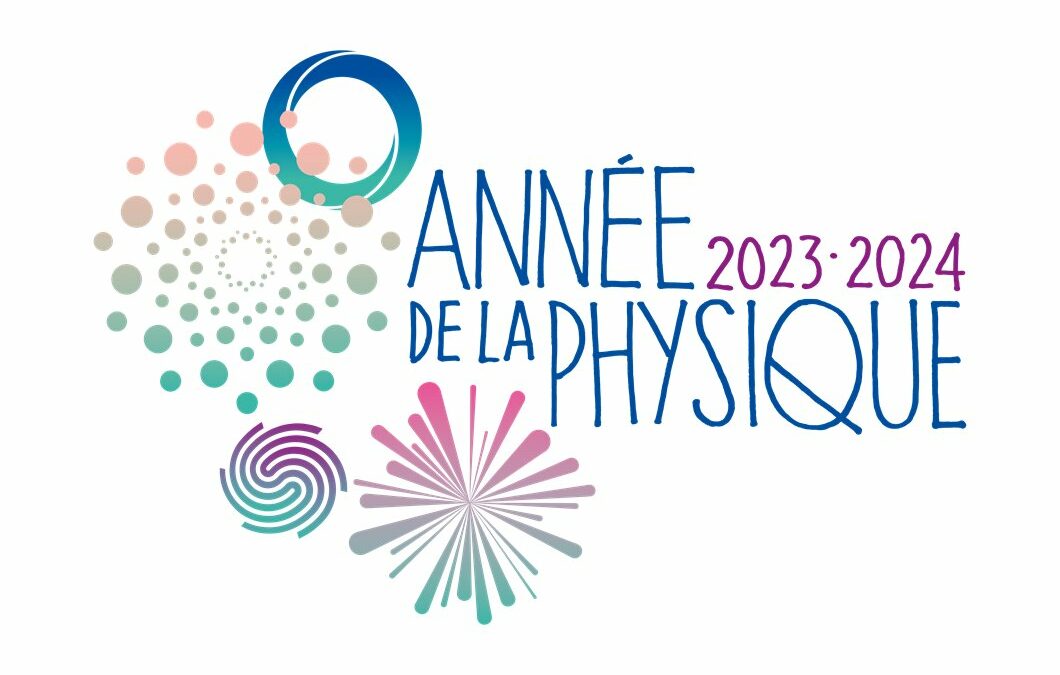
Amener l’expérience en classe: journée de formation des enseignants de physique-chimie de l’Académie de Créteil
Le vendredi 26 avril 2024, le laboratoire MSC a formé 62 enseignants de physique-chimie de l'Académie de Créteil sur le thème "Amener l'expérience en classe". Une journée haute en couleur. Le laboratoire MSC a accueilli 62 enseignants de physique-chimie de l'Académie...
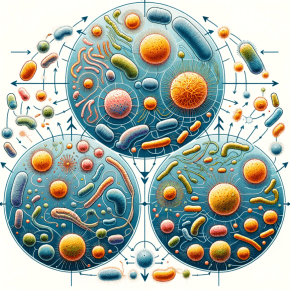
Comment maintenir une diversité écologique dans une logique de compétition darwinienne
Dans un travail récent, des physiciennes et un physicien montrent comment l’hétérogénéité spatiale et relationnelle est un ingrédient indispensable au maintien à long terme d’une diversité écologique importante dans les vastes écosystèmes naturels. Comprendre les...
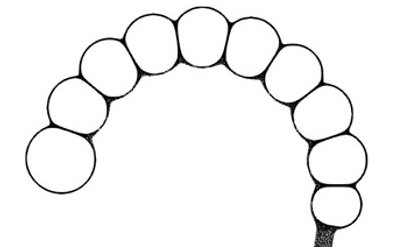
Un pas important dans la compréhension de l’origine de l’homme
L’origine de l’homme est une question importante, une des plus passionnante scientifiquement. Les travaux sur cette question sont essentiellement des travaux de paléontologie, d’une part, et des travaux de paléogénomique d’autre part. Les premiers permettent...
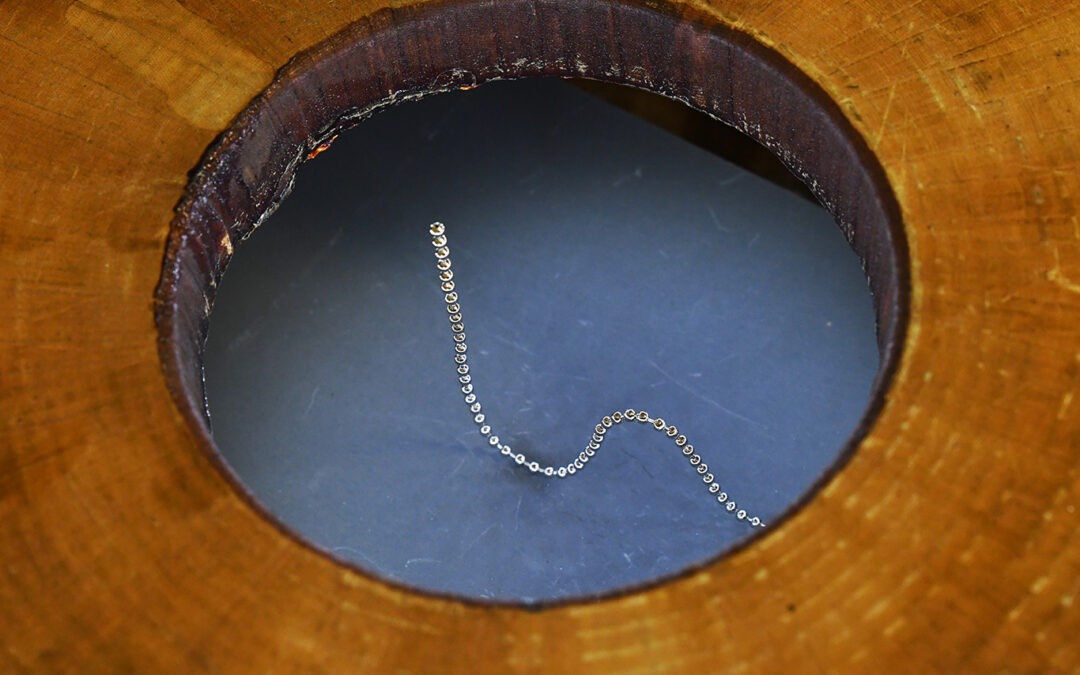
Le charmeur de serpent magnétique lauréat du concours “La preuve par l’image”
Les recherches de F. Novkovski et E. Falcon sur le magnétisme donnent lieu à des images étonnantes, primées lors de la dernière édition du concours "La Preuve par l'Image" organisé par le CNRS Nul tour de magie derrière les étranges oscillations de cette chaîne de...
